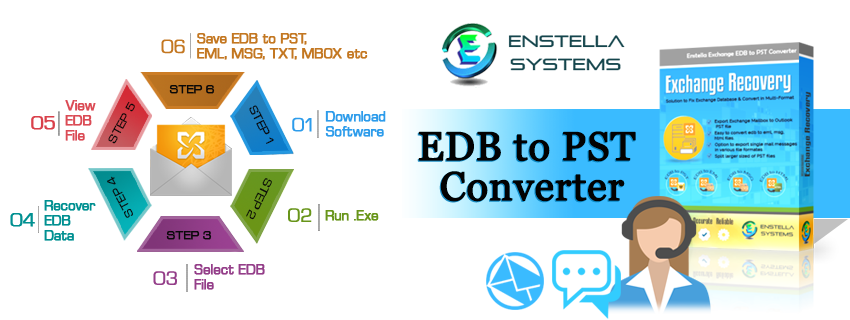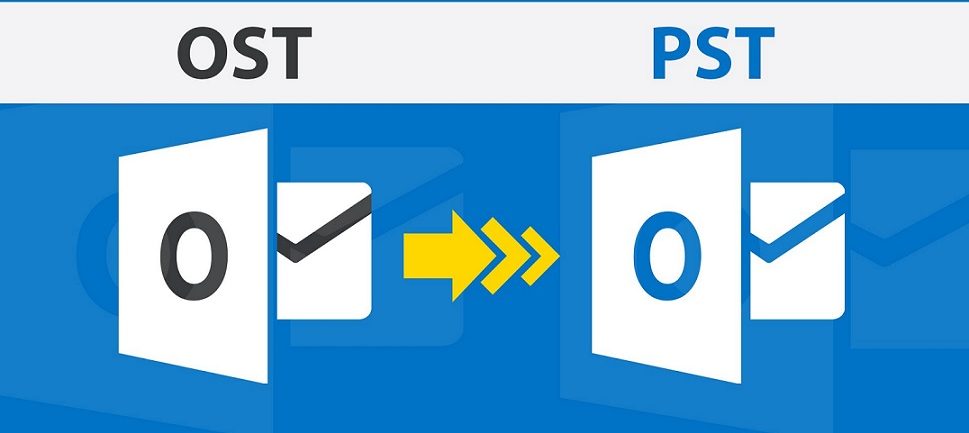[Business Post]
With high scalability and speed, the use of next-generation sequencing is expected to grow further. The next generation sequencing market (NGS) is predicted to grow at a CAGR of 20% until the year 2022. With the rise in the number of genomic projects by governments across the world and its various applications in the clinical segment, the NGS market is growing at a double-digit rate. Despite holding the least shares in the market, hospitals and clinics are the fastest growing segment. There is also a line of diagnostic panels based on NGS which are still awaiting FDA approval.
What is Next Generation Sequencing?
Next generation sequencing is the deep sequencing technology which is used in DNA sequencing. It has been successful in revolutionizing genomic research. With this technology, an entire genome can be sequenced in a single day. The need for using this influence of technology has increased with the rise in demand for a large number of genomic DNA waiting to be analyzed. The principle behind NGS is capillary electrophoresis which is similar to Sanger sequencing.
Separate steps were used in sequencing, separation, and detection in Sanger sequencing. In NGS, millions of reactions are paralleled, and the techniques are combined with Sanger sequencing which has resulted in high speed and low cost.
How NGS works?
The various steps in next-generation sequencing include:
- Sequencing: Sequencing is done using any one of many different approaches. In the case of bridge PCR (Polymerase chain reaction) amplification, the sequencing is done through synthesis. In the case of emulsion PCR amplification, the sequencing is done either by Pyrosequencing or sequencing by ligation.
- Preparation of libraries: Random fragmentation of DNA is used to create libraries.
- Amplification: PCR and amplification methods are used to amplify the library. Either bridge PCR or emulsion PCR can do it.
- After that ligation is done with custom linkers.
The different sequencing approaches are similar in the following ways:
- Sample preparation: All platforms of sequencing in next-generation require a library which is obtained by amplification.
- Machines used: The surface on which the library fragment is amplified is a solid surface.
- Data Output: Raw data is provided at the end of sequencing by each machine. This data is further analyzed for meaningful results.
Speed and accuracy are the biggest advances in genome sequencing by NGS. The parallel analysis is responsible for increased speed which results in a reduction of cost due to less workforce required.
Next Generation Sequencing Market
With an increase in application in areas of clinical segment and rise in genomic projects by governments, the overall market of NGS is expected to grow at a double-digit rate. NGS capabilities are also being expanded with new service providers entering into partnerships with various firms like academic/CRO’s, diagnostic and pharma/biotech. Fully integrated NGS service is provided due to collaboration with IT firms. The main encouragement is government funding for computational genomics. NHGRI (National Human Genome Research Institute) funds genome analysis tools and data resources management.
The major end user in the NGS market are the research centers or academic institutions with the usage of this technology for research purposes. Clinical application is also growing but at a slower rate. From early discovery to trials and patients’ studies, NGS services are widely used in the entire chain.
The fastest growing segment includes hospitals and clinics which promise development in the future. Patient-specific treatment is increasing the use of NGS in the non-clinical segment. The growth is also seen in the pharmaceutical companies and the
professionalist shines in the pharmacy industry..
.
The growth parameters of NGS is increasing at a fast rate due to its fast speed and accuracy. The following are the drivers of the next-generation sequencing market:
- Increasing demand in the clinical sector: In clinics and hospitals, the NGS services is used for diagnosis, prevention of diseases and treatment of diseases and therefore broadening its range of usage. Diagnostic tools for cancer and other infectious diseases are also driving the market.
- Preference for outsourcing: NGS data analysis is not performed by all firms as a dedicated team is required to handle the analysis process.
- Diversified NGS platforms: All sets of experiments cannot be performed on a single sequencing platform resulting in a need for different sequencing platforms for different experiments. Also, the output is different which further increases the need for different platforms.
There are also few constraints to the growth of the market:
- The steps of sequencing are crucial and need skilled professionals to perform. Expertise is required for analyzing and preparation of the library.
- The cost of high-quality sample preparation reagents is increasing which raises the overall cost of sequencing through NGS, thereby limiting its expansion potential.
- Standardization of data is also the main constraint in the growth of the NGS market.
Despite the few constraints that the next generation sequencing market faces, the market is set to expand globally thanks to its increasing applications across a wide array of healthcare avenues.









